A renowned bad guy “going straight” is often a theme I’ll touch upon when I write about Venom, but I can probably make a better case study out of this phenomenon by talking about Sandman, who has been one of the longest-tenured “tweener” characters in the history of the Spider-Man universe.
As comic book fans and Spider-Man nuts will note, Sandman was one of the Web-Slingers earliest adversaries, first appearing in ASM #4. While his back-story and history to Spidey was greatly exaggerated (some say to the point of absurdity) in the Spider-Man 3 movie, I’ve always found his one-on-one encounters with Spider-Man to be a bit humdrum from a drama point of view, and it’s the fact that this character has bounced back and forth between the forces of good and evil, that ultimately give him any kind of lasting appeal in the Marvel universe.
During the David Michelinie-scripted “Return of the Sinister Six” storyline in the early 1990s, the iteration which consisted of five of the original members (Doc Ock, Electro, Vulture, Mysterio and Sandman) with Hobgoblin subbing in for the deceased Kraven, I found Sandman’s role as the reluctant villain who is used by Doctor Octopus before being turned into glass for his treason to be one of the most sympathetic versions on the character, until the most recent storylines that kicked off a few years ago that saw Sandman as a man who turned to crime in order to protect his young daughter Keemia from being absorbed into the bureaucratic world of Child Protection Services. Sandman’s love for this girl is so passionate, that he initially balks at the idea of taking over the world with the reformed Sinister Six because it could potentially harm Keemia.
As a result of this motive, along with Sandman’s about-face in the 1990s storyline, the seeds have been planted for him to come back firmly on the side of good once again – though we’ll see if Dan Slott and company will reach that far back into the series’ history (more than 300 issues ago now) to flesh out a character’s motivations. One thing Slott has been an expert at since he became the full-time staff writer, has been weaving in historical storylines and bits of character data into the series. But I also worry about a comic book story-telling phenomena that I can best equate to the world of professional wrestling where only significant EARLY history and recent history are acknowledged, and the middle transition periods are retconned out.
Then again, if Marvel does go back to the well and makes Sandman the dissenting voice in this band of supervillains, are they staying true to his character of walking the line between good or bad, or can they be accused of recycling an older storyline from 20 years earlier? I guess these are the things I think about when I try and plot a comic book story in my head before reading the entire thing.
Either way, what we know about Sandman is of the six villains involved in the group, he’s the one with the most significant track record and motive to break rank. How Marvel chooses to proceed beyond this point is anyone’s guess, though I have a feeling based on how comic book readers tend to get amped up whenever a supervillain joins the forces of good, even temporarily, that another instance of Sandman turning his back on a life of crime would be embraced.

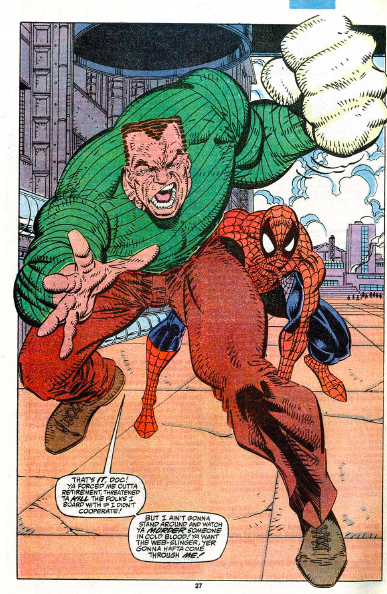
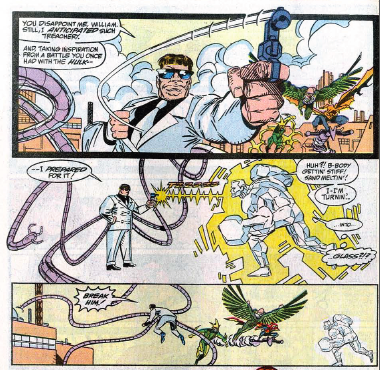
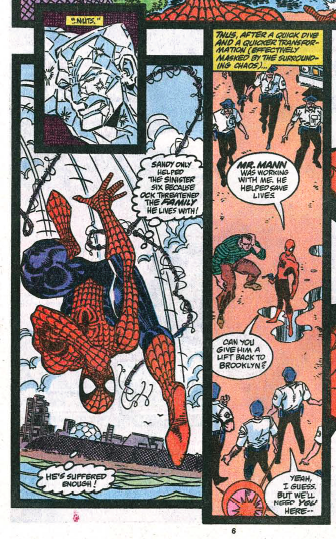

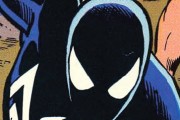
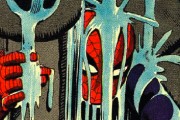

I love Sandman. One of my favorites is when he’s merged with Hydroman Don’t remember when, but it was a long time ago.